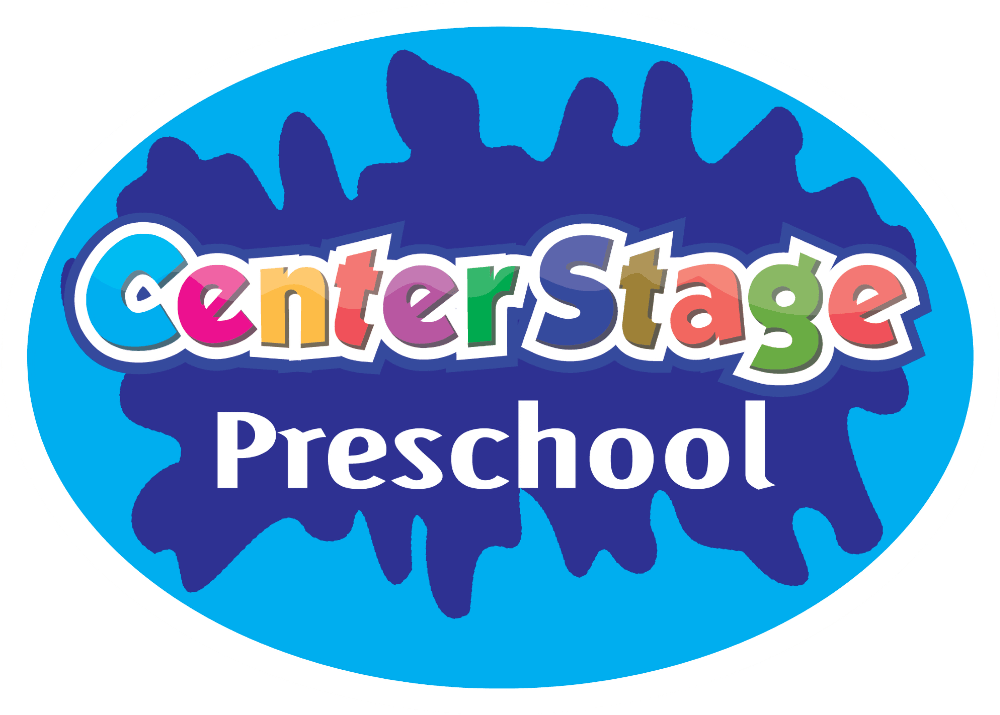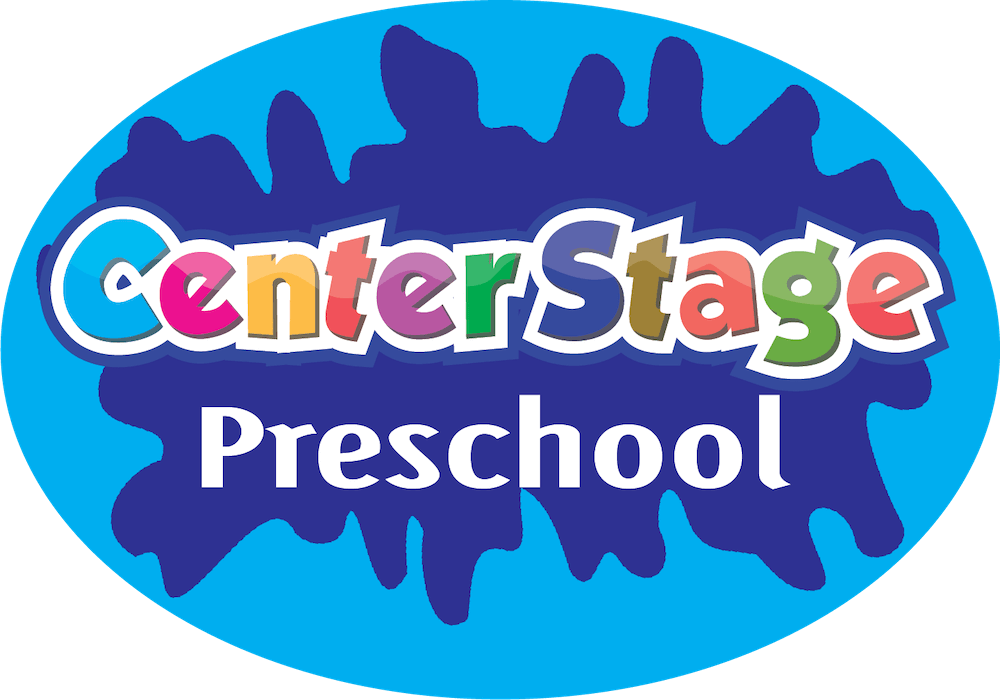The benefits of Montessori education extend far past the classroom and into the home – specifically with giving them a strong sense of independence.
“Any child who is self-sufficient who can tie his shoes dress or undress himself reflects in his joy and sense of achievement in the image of human dignity. This dignity is derived from a sense of independence.” – Maria Montessori
Read more about the Benefits of Montessori Education:
- What is Montessori Education?
- Montessori Dressing Frames
- 8 Benefits of Montessori Education
There’s a reason why Montessori style preschools have popped up all over Virginia with massive popularity and demand. Montessori education seeks to give children the experiences they need to thrive and grow as individuals. The ideology encourages children to explore and learn to do things on their own. Independence is a huge tenet of Montessori education and children are taught to “self-regulate” (educate themselves and think about what they are learning).
Montessori education is intriguing for many parents because it promotes a child’s natural abilities to learn through creativity and independence. Let’s take a look at what Montessori education is, and look at 8 benefits of Montessori style learning:
What Is Montessori Education?
Montessori education was developed by Italian physician and educator Maria Montessori. It is known for breaking the strict mold of traditional classroom education with a child-led approach that encourages experiential learning and critical thinking. Montessori education is learning through play and exploration rather than a pen and paper.
Montessori Classrooms
The classrooms are beautifully decorated and arranged in peaceful and working order, and flooded with natural light. Students are also allowed ample time to play outdoors multiple times throughout the day. [See the Outdoor Classroom at Center Stage] Teachers will join them on the playground and the learning doesn’t stop just because they went outside.
Montessori classrooms are not set up like traditional classrooms with rows of desks arranged neatly in front of a chalkboard and teacher’s lecture podium. Instead, Montessori offers various workstations set up around the room. Each workstation is equipped with sensory-based materials and exploratory activities. Children are often given the freedom to choose which workstation they would like to use, or moved through a core learning circuit. Parents might recognize a similar “play learning” style taught in the traditional classroom through what they call “centers” – where the children are allowed to choose what and who they play with, all geared at learning by experience.
Montessori Teachers
Montessori teachers and aids are consistently hands-on with the children, sitting on the floor and interacting with them as she promotes independent learning techniques. She will often ask questions to get students thinking, or will jump in to explain concepts that help direct their play. As the students devote time to work away at their chosen task, they are able to develop a discipline for sharpened focus and concentration.
Education Example: Montessori Dressing Frames

Dr. Montessori felt very strongly that children who know how to take care of themselves can have a strong sense of independence. The “dressing frames” help the children master these skills. By putting zippers, buttons, snaps, hooks, ties and velcro on wooden frames children can work and master the skill while it lays in front of them rather than fighting to master the skill on their own clothing item.
Dr. Montessori saw that it was difficult for the children to master dressing skills on their own clothes because the viewpoint of the child was upside down and backwards. Dressing frames demonstrate each different type of clothing fasteners in a right-side up, forward fashion. The frames can be square or rectangular and are usually made of wood. The sides of the frames are dowels and these hold rectangular pieces of fabric – usually solid in color.
The dressing frames are kept together in the “practical life area” of a Montessori school. Dr. Montessori originally created 10 dressing frames.
Unlike most practical life activities, working with the dressing frames does not have a direct outcome the way buttoning a shirt would. However, Dr. Montessori determined that working with the frames is a lot less frustrating for children than trying to fasten their own clothing. Because the frames actually allow the children to practice repeatedly on specific tasks, it helps in their fine motor skill development – which is just one benefit of a Montessori education.
Watching the children at work repeatedly with the dressing frames is very rewarding. Once they’ve mastered the skills they then naturally move on to getting themselves dressed independently. Something so simple can be such an intricate part of our children’s development!
8 Benefits of Montessori Education
1. Montessori Develops Independence
While Montessori educators will lend a hand when needed, their primary purpose is to help the child learn to do things on their own. One of the first phrases many children utter is “I do it!” and Montessori education seeks to capitalize on this natural instinct and desire. Children are encouraged to accomplish everyday tasks such as dressing and undressing themselves on their own.
For example, you won’t often find plastic cups and dishes in Montessori classrooms. Instead, children are entrusted with glasses and ceramic dishes and the teacher will explain what happens if they aren’t careful. When a dish gets broken, the teacher will then use the event as a learning experience in both what not to do and how to safely clean up the shards.
Anything that a child can safely do on their own, they are allowed to try. Teachers will only jump in when necessary.
2. Montessori Cultivates a Love for Learning
Kids are naturally inquisitive. They are like little scientists, hard-wired to want to learn and explore the world around them. Unfortunately, sometimes the neat little boxes in a traditional classroom inadvertently stifle that curiosity and creates unnecessary boundaries with learning. In a Montessori classroom, everything is arranged for the children to be able to absorb whats around them – gravitating towards the things that they naturally want to learn about.
A Montessori classroom setting seeks to capitalize on a child’s inquisitiveness and encourage it to grow. With the various workstations set up around the classroom, children are allowed to choose what they want to learn about. They are allowed to follow their own curiosity and see where it leads them. This freedom helps to stimulate a lifelong love of learning and pursuit to answer the question of “why?” and “how?”
3. Montessori Inspires Creativity & Problem Solving
When children are allowed to follow their own curiosity, it also helps them to express their own creativity. They are becoming independent thinkers, using their skills to figure out creative solutions to problems. There isn’t always one set way to do things and Montessori educators will let the child figure out their own way — even if it’s different than how someone else would do it.
Furthermore, because children get to choose their own tasks, they often naturally engage in the work for the joy of the work. They are more intrigued by the process and not necessarily by the end result.
This further opens the door to creative thinking. They start asking themselves questions like, “what happens if I try this or that differently?” “How does a different process affect the end result?” They are also allowed the freedom to try those different processes and see what happens as a result.
4. Montessori Encourages Social Development
Montessori classrooms are not limited by specific ages, but rather range in ages – sometimes quite a bit. Multi-age classrooms simulate the family structure, allow the older children to influence and educate the younger, and allow the younger children to stimulate leadership in the older children.
As children team up they are encouraged to help each other with tasks. Older students will help explain concepts to younger students, solidifying their own knowledge while furthering the other student’s education. This technique, in part, is credited with helping students progress more quickly in their studies.
These interactions, as well as the copious amounts of playtime and interactions at the activity stations, help children more fully develop socially.
In addition to the age structure, children are interacting together at the height of their creative freedom – being inspired by what’s inside of them, they learn to accept themselves and shine as individuals, while accepting others for who they are as well. They will learn about new cultures, traditions and environments.
5. Montessori Nurtures Self-Correction
Throughout their experience in a Montessori classroom, children are encouraged to critique their own work. When something isn’t turning out the way they expected, they are encouraged to think critically about it to understand why and seek a remedy on their own.
This helps them to not only recognize and accept their errors but also learn from them and figure out how to do better (or different) next time.
6. Montessori Teaches Self-Discipline
At first glance, letting children do what they want throughout the day might sound like the opposite of encouraging discipline. However, this is a simplistic view of what happens in a Montessori classroom.
Children are allowed to choose their tasks and how long they want to work on them to a point. There are also “ground rules” in a Montessori classroom that are always adhered to.
For example, each day is broken up into blocks of time. A specific amount of time is allotted for free play, concept learning, mealtime, outdoor time, etc. Children can decide what they want to do within those blocks of time, but know that when the session is over it’s time to move on to something else.
Overall, giving children a framework and then giving them freedom within that framework helps them develop their own sense of self-discipline.
7. Montessori Creates Hands-On Learning
Books are excellent educational tools and teaching a child to read gives them access to centuries of knowledge they would not otherwise be exposed to. However, not everyone learns from books as easily as others – and books are not the only way to learn.
For many children (and virtually all children during the early years) hands-on learning is far more effective. A concept in a book might be hard to wrap your mind around, but once you have it in front of you where you can see it, touch it, smell it, etc., now you can learn something.
An extra benefit of this is that once children master more simple concepts through hands-on learning, they can graduate to book learning for more abstract concepts. However, by beginning with hands-on learning, they were able to develop the understanding they needed to begin learning things more theoretically.
8. Montessori Education is Customized Learning
Every child is different. They interact with the world differently and learn concepts at a different rate. Some concepts are easier to grasp, others are more difficult — and they won’t be the same concepts for each child.
This is a huge reason why child-led learning is so effective. They can focus more on what they don’t understand and move on from the things they do at their own pace.
While Montessori educators work to ensure that children progress, they are also not boxed in by what they “should” learn by a certain age. They are given more latitude to progress at their own pace. The 3-year classroom helps with this concept because it gives children more time to work through concepts and thoroughly grasp them before they move on and don’t see them again.
This aspect of Montessori education makes it a great system for children with special needs. They are allowed to progress at their own pace and their limitations are not as obvious even to themselves because they are not being forced to progress at a certain rate.
In fact, Maria Montessori had an extensive background working with special needs children and the Montessori method is partially based on that work. She recognized that this freedom of learning was beneficial for everyone.
Montessori Education at Center Stage
Here at Center Stage, the benefits of Montessori Education are proven every single day when we experience growth from our students. When we see a behavior change, a little light bulb goes off… or a new way of understanding the world around them. The system of education we have created here is a world of creativity and innovation for every child, and their education is not limited to a desk, or even a toy box.
If you would like to learn more about the journey your little one could be on here at Center Stage in Ashburn, start by reading a Day in the Life at Center Stage Preschool and take a peek into their world!


